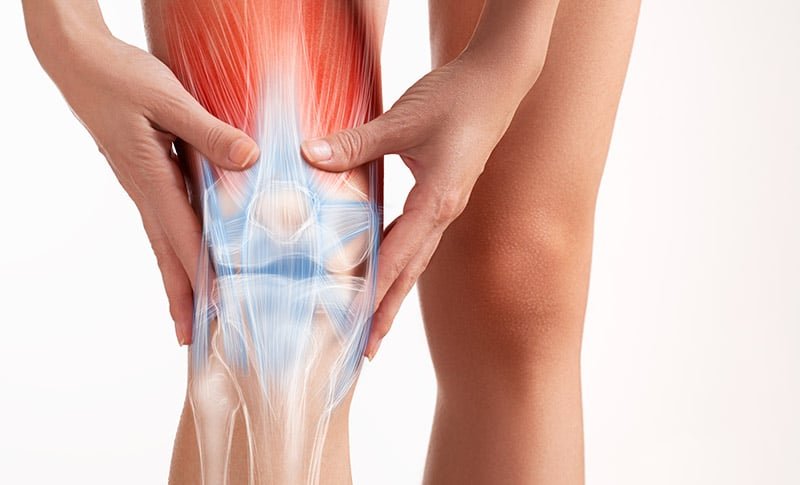
Dr. Sanjay Barik
Knee & Shoulder Surgeon
Meet Our Doctor

Dr. Sanjay Barik
Orthopedic and Joint Replacement Surgeon
Dr. Barik's Orthocare Clinic
- MBBS
- MS - Orthopaedics
Best Orthopedic Surgeon In Wardha
Orthopedics is a medical specialty that focuses on the musculoskeletal system, which includes the bones, joints, muscles, ligaments, tendons, and other connective tissues.
The term “orthopedics” is derived from the Greek words “ortho” (straight) and “paideion” (child), reflecting its historical emphasis on correcting musculoskeletal deformities in children. Over time, the field has evolved to encompass a wide range of conditions affecting people of all ages.

Significance of Orthopedic Care:
The roots of orthopedics can be traced back to ancient times, where evidence suggests that various cultures practiced rudimentary forms of bone setting and limb straightening. However, the formalization of orthopedic care began in the 18th century with the establishment of orthopedic hospitals and the contributions of notable surgeons like Nicholas Andry, who coined the term “orthopedics” in his book “Orthopaedia” in 1741.
Orthopedic care gained significance during periods of war, as surgeons developed techniques to treat musculoskeletal injuries sustained by soldiers. Advances in technology, such as the discovery of X-rays in the late 19th century, further revolutionized the field by enabling better diagnosis and visualization of skeletal structures.
Today, orthopedic care is indispensable in addressing a wide array of musculoskeletal disorders, injuries, and degenerative conditions. It plays a crucial role in enhancing the quality of life for individuals by restoring function and alleviating pain.
Role of an Orthopedic Surgeon
What does an orthopedic surgeon do?
Thus, Orthopedic surgeons are medical doctors who specialize in the diagnosis, treatment, and prevention of disorders and injuries related to the musculoskeletal system. Once, They employ both surgical and non-surgical methods to address a diverse range of conditions affecting the bones, joints, muscles, and soft tissues.
Therefore, Orthopedic surgeons work collaboratively with other healthcare professionals, including physical therapists, radiologists, and primary care physicians, to provide comprehensive care. Their primary goal is to help patients regain mobility, reduce pain, and improve overall musculoskeletal function.
Areas of Specialization within Orthopedics:
Thus, Orthopedic surgeons may choose to specialize in specific areas, reflecting the diverse nature of musculoskeletal conditions.
Some common subspecialties include:
Trauma Surgery: Dealing with fractures, dislocations, and injuries resulting from accidents.
Sports Medicine: Focusing on the treatment and prevention of sports-related injuries, often working with athletes.
Joint Replacement Surgery: Specializing in procedures such as hip and knee replacements to address degenerative joint diseases.
Pediatric Orthopedics: Concentrating on musculoskeletal issues in children, including congenital deformities.
Spine Surgery: Addressing conditions affecting the spine, such as herniated discs and spinal deformities.
Hand Surgery: Treating conditions of the hand, wrist, and forearm, including injuries and degenerative disorders.
Common Orthopedic Conditions:
Overview of Common Orthopedic Conditions:
Orthopedic surgeons encounter a wide range of conditions, including:
- Fractures: Broken bones resulting from trauma or repetitive stress.
- Arthritis: Inflammation of joints leading to pain and stiffness.
- Sports Injuries: Injuries sustained during physical activities, including sprains, strains, and ligament tears.
- Tendonitis: Inflammation of tendons, often due to overuse or repetitive motion.
- Osteoporosis: Weakening of bones, making them more prone to fractures.
Symptoms Associated with These Conditions:
The symptoms vary depending on the specific condition but may include pain, swelling, limited range of motion, stiffness, and difficulty performing daily activities. Once, Timely diagnosis and intervention are essential to prevent further damage and facilitate effective treatment.
Orthopedic Treatments
Surgical and Non-surgical Treatment Options
Rehabilitation and Recovery Process:
Advanced Orthopedic Procedures:
Minimally Invasive Surgeries:
Thus, Advancements in technology have led to the development of minimally invasive surgical techniques, which involve smaller incisions, reduced tissue damage, and quicker recovery times compared to traditional open surgeries. Arthroscopy, for example, allows surgeons to visualize and treat joint issues using a tiny camera and specialized instruments.
Joint Replacement Surgeries:
Causes of Orthopedic Conditions:
Factors Contributing to Orthopedic Issues:
Several factors contribute to the development of orthopedic conditions, including:
Trauma: Accidents, falls, and sports injuries can lead to fractures, dislocations, and soft tissue damage.
Genetics: Some musculoskeletal conditions, such as certain types of arthritis, may have a genetic predisposition.
Age: Degenerative conditions like osteoarthritis are more common with advancing age.
Overuse and Repetitive Stress: Activities that place repetitive stress on certain joints or tissues can lead to conditions like tendonitis or stress fractures.
Lifestyle Factors: Obesity, poor posture, and inadequate physical activity can contribute to musculoskeletal problems.
Prevention Strategies:
Diagnostic Techniques:
X-rays, MRIs, and Other Diagnostic Tools Used by Orthopedic Surgeons:
Orthopedic surgeons rely on various diagnostic tools to accurately assess musculoskeletal conditions. X-rays provide detailed images of bones, helping identify fractures and abnormalities. Magnetic Resonance Imaging (MRI) is employed to visualize soft tissues, such as ligaments and tendons, offering a more comprehensive assessment. Other diagnostic tools include computed tomography (CT) scans, ultrasound, and laboratory tests to evaluate blood markers associated with certain conditions.


